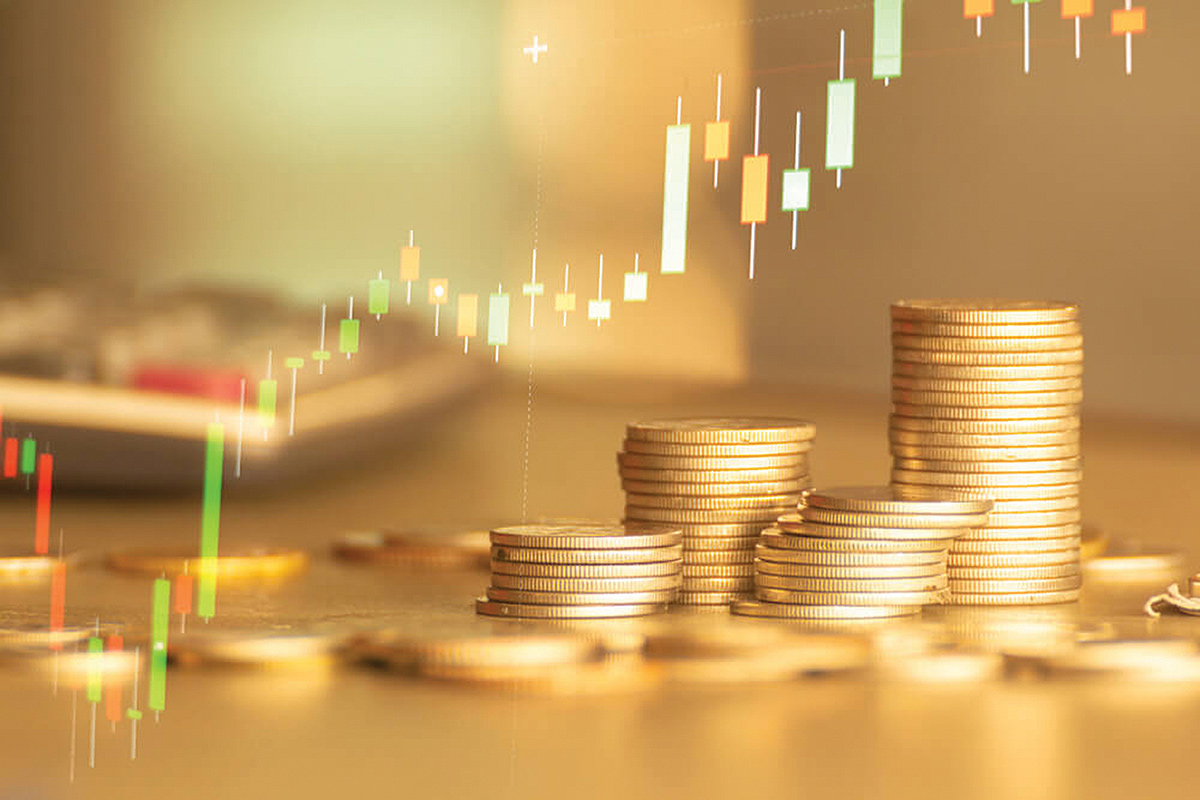
In a financial world surrounded by ambiguity and conundrum, traders turn their focus towards the safe haven instruments. These instruments present the traders safe haven trades during periods of panic and volatility. Traditionally, the safe-haven assets are meant to drive protection from the losses incurring from the slumping equities markets and disorders in the global economic systems. 2020 is proof that numerous headwinds are bound to affect the financial markets and traders inevitably look towards safe-haven assets to shield them from the market onslaught.
Decoding Safe Haven
According to Investopedia, “A safe haven is an investment that is expected to retain or increase in value during times of market turbulence.” Why do traders demand safe haven instruments? The answer lies in the fact that traders pursue safe havens to limit their exposure to losses in times of market downturns and meltdowns. The famous adage:Don’t Put All Your Eggs in One Basket, does support the notion that a trader should always diversify their portfolio and safe havens are advantageous in trading sessions of market volatility. A market is bound to rise and fall now and then as per the market dynamics driving it. But when the period is undergoing a downturn for a prolonged period especially in cases of economic recession, the market value of most investments falls steeply deriving the overall sentiments of the markets. To stay protected against these unforeseeable market developments, traders look to buy uncorrelated or negatively correlated safe-haven instruments. When most financial assets will fall in value, the safe haven instruments will either retain or increase in value.Gold: The Next Best Alternative
Out of the many functions of gold, it has long been considered as a store of value. Since it is a physical commodity, it cannot be printed like money and the value of money is not impacted by interest rate decisions made by a government. Gold serves as a means of insurance against antagonistic economic events. When a hostile event lingers for awhile, traders tend to increase their funds into gold which drives its value due to increased demand. The bullion has historically shown a high negative correlation with the equities market. The yellow metal exists free of any monetary rate decisions indicative that central banks of the corresponding economy cannot print new supply and mostly used as an effective medium to hedge against both inflation and deflation. When the Great Recession hit the US shores between 2007 and 2009 the S&P 500 Index which was riding at 1586.75 in October 2007 fell dramatically in the ensuing months reaching 665.75 in March 2009, a slump of 58%. During the same period, the bullion value inclined from $680.93 per troy ounce to $966.95 per troy ounce, a jump of 42%. In the latest market downturn from March 2020 to September 2020, the scenario has been a bit different. Following a period where it declined with the equities market as traders pursued cash, it has since returned to its traditional role. However, gold has remained true to its safe haven status, rising from $1582.83 per troy ounce in early March 2020 to attain the all-time high of $2074.89 per troy ounce in August 2020, an incline of 31%.Currencies as Safe Havens
Numerous currencies around the world are also considered safe haven assets due to their immune nature to outside interferences including US Dollar, Japanese Yen and Swiss Franc. Although the US Dollar is the world’s most traded currency in the world, the Swiss Franc is undoubtedly the most sought-after currency in uncertain times. The banking industry in Switzerland is a major one due to the economy being identified as a low volatile nation. The numbers have proven that it has low unemployment, high wage rates, high standards of living and a safe and secure banking and financial system. One of the surprising facts of Switzerland is that is one of the few nations that has a positive trade balance, meaning that more money is coming into the nation than leaving it. During the recession years of late 2001, the S&P 500 lost almost 25% while the Swiss Franc gained almost 20% in comparison to the US Dollar. However, the developing situation has been a bit different in the current pandemic condition with the Swiss Franc unchanged against the US Dollar in 2020.Conclusion
Although what institutes a safe haven asset changes over time, various assets especially gold and Swiss Franc will continue to dominate the markets during distress and uncertainty. Analysts argue that there is no perfect safe haven asset denoting it dangerous to consider a single asset safe. In times of downturn like the current times, it is useful to ascertain how the traditional safe havens have performed under past instances. Traders should carry out due diligence when looking to invest in safe havens. All in all, it is a reminder that the global financial markets and its driving factors are evolving with every passing day.
Published Date: November 18, 2020, 12:00 am
Post Comment
E-Magazine
RELATED Commodity Perspective





